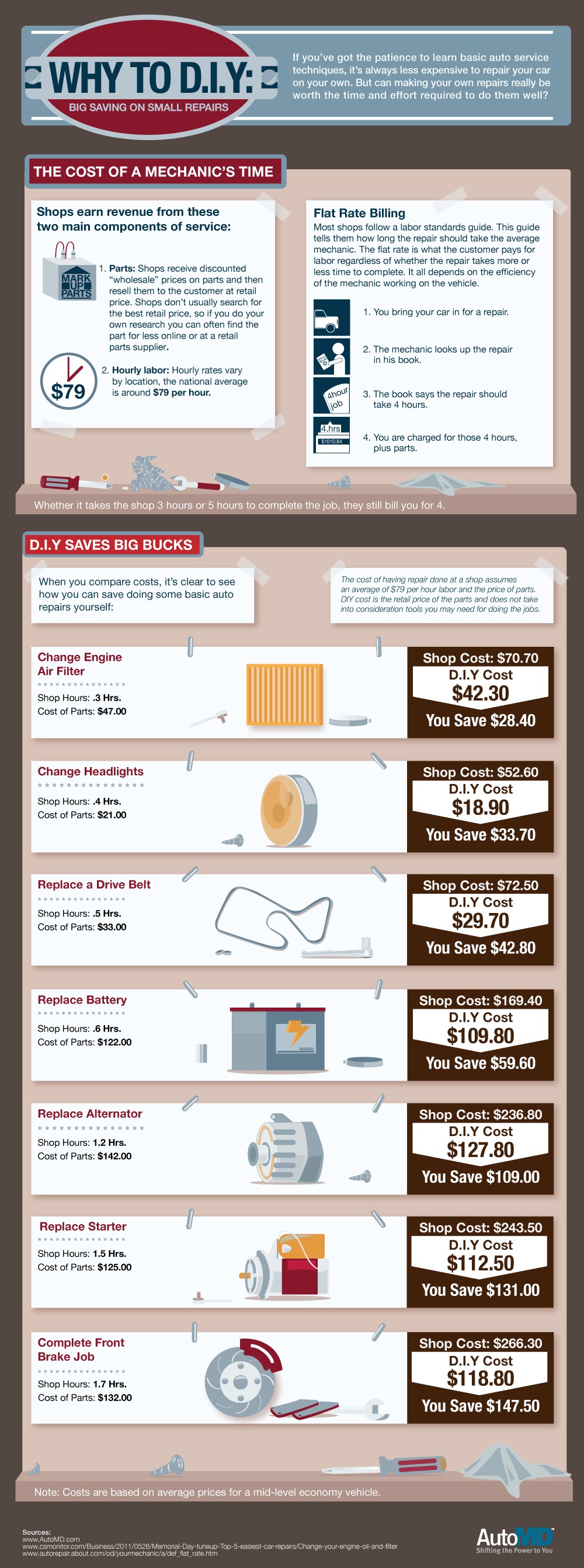Translating Your Vehicle'S Warning Indicators: What They Absolutely Represent
Translating Your Vehicle'S Warning Indicators: What They Absolutely Represent
Blog Article
Composed By-Vinson Winters
When you lag the wheel, those beautiful caution lights on your control panel can be a little bit complicated. Do you recognize what they're attempting to inform you about your automobile's health and wellness? Understanding the relevance of these lights is vital for your safety and security and the long life of your vehicle. So, https://www.kbb.com/car-advice/steps-to-help-protect-yourself-when-selling-a-car/ following time among those lights appears, wouldn't you wish to decode its message accurately and take the essential steps to resolve it?
Common Caution Lighting and Interpretations
Identify usual caution lights in your auto and recognize their significances to make sure safe driving.
The most typical warning lights consist of the check engine light, which signifies problems with the engine or discharges system. If this light comes on, it's vital to have your car examined promptly.
The oil stress advising light shows low oil stress, calling for instant focus to avoid engine damages.
A flashing battery light could recommend a defective billing system, potentially leaving you stranded if not addressed.
The tire pressure monitoring system (TPMS) light informs you to reduced tire stress, influencing vehicle security and gas performance. Overlooking this could cause dangerous driving problems.
The abdominal light indicates a trouble with the anti-lock braking system, compromising your ability to quit quickly in emergencies.
Last but not least, the coolant temperature level advising light warns of engine getting too hot, which can result in serious damages if not fixed quickly.
Comprehending these typical warning lights will assist you attend to problems promptly and maintain safe driving problems.
Relevance of Prompt Interest
Recognizing the usual warning lights in your vehicle is just the initial step; the significance of without delay dealing with these warnings can't be emphasized sufficient to ensure your security when driving.
When a caution light illuminates on your dashboard, it's your cars and truck's means of interacting a potential problem that requires focus. Ignoring these warnings can result in much more severe issues down the road, compromising your safety and security and potentially costing you more out of commission.
Trigger attention to cautioning lights can prevent breakdowns and accidents. As an example, a flashing check engine light can show a misfire that, if left neglected, might create damage to the catalytic converter. Addressing this without delay can conserve you from a costly repair.
Similarly, a brake system cautioning light could signal low brake fluid or worn brake pads, critical components for your safety when driving.
Do It Yourself Troubleshooting Tips
If you notice a caution light on your control panel, there are a few DIY troubleshooting ideas you can attempt prior to seeking expert assistance.
The very first step is to consult your car's handbook to understand what the particular caution light shows. Occasionally the problem can be as easy as a loose gas cap causing the check engine light. Tightening up the gas cap might solve the problem.
Another typical concern is a low battery, which can cause different warning lights. Checking the battery links for deterioration and guaranteeing they're protected could take care of the issue.
If a caution light persists, you can try resetting it by detaching the cars and truck's battery for a few minutes and after that reconnecting it. Furthermore, inspecting Read the Full Article , such as oil, coolant, and brake fluid, can help repair cautioning lights related to these systems.
Final thought
In conclusion, understanding your auto's warning lights is important for maintaining your vehicle running efficiently and securely. By without delay addressing these alerts and understanding what they imply, you can avoid expensive repairs and possible failures.
Keep in mind to consult your car's guidebook for specific information on each cautioning light and act accordingly to ensure a trouble-free driving experience.
Remain educated, remain risk-free on the road!
